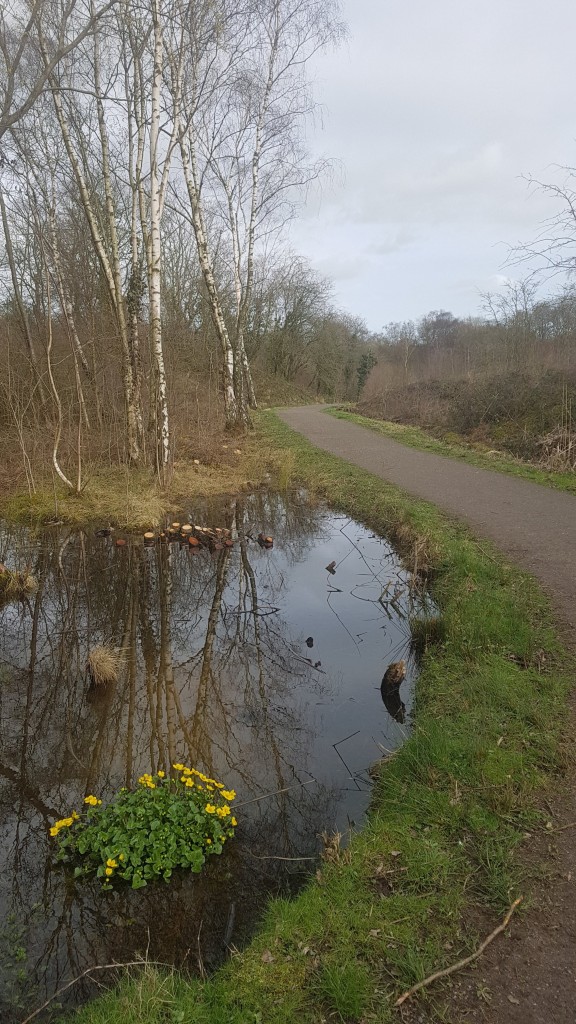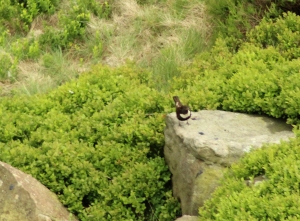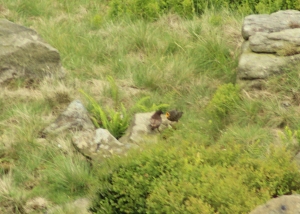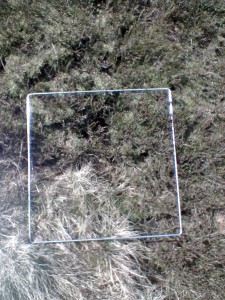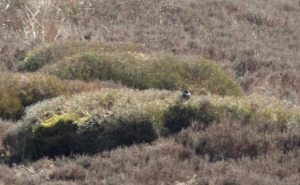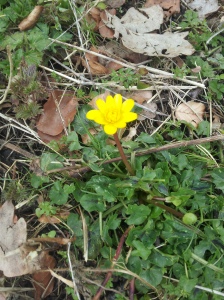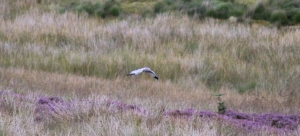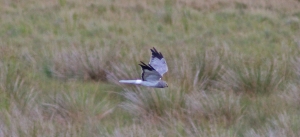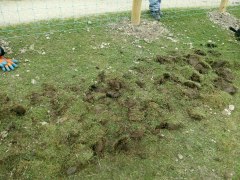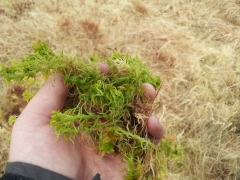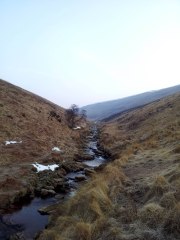There are a number of applications to use to record and log bird and other wildlife sightings out there on the market, both free and paid for.
For birds I usually use Bird Journal (https://www.birdjournal.com/) which exists in a desktop form and as a mobile application which syncs with the desktop version. There is a free version and a paid for version. I use the paid version as it allows me to compare and contrast records from previous months and years which the free version doesn’t allow for. Also Bird Journal doesn’t just allow me to log bird sightings, I can log sightings for other taxa too which is fantastic for my own records.
I am a biological recorder, I want the sightings I see to be useful to someone. So I want to share my records with the relative authorities and organisations. If I can stop or alter a development because of my sighting of a Stock Dove 15 years logged in a database then so much for the better. This is where Bird Journal breaks down, I can, in theory transfer my data across to those who need the data but every time I have tried it lately it has failed or is so long winded it is barely worth doing.
This why I have tried eBird (https://ebird.org/home), a bird logging app and website developed by Cornell University in the US. After a long time I uploaded my records from Bird Journal to eBird and within days I had emails from local recorders and organisers questioning or clarifying my records, some from years ago. I also decided to try the app.
I have used it 3 times in 2 locations so far and I can say it is really good. It uses your phone’s GPS to log your location, which you can then set yourself as a regular patch, or later using the website link your site to an existing ‘hotspot’ which you can then compare your sightings to others who go to the same location. For instance, Jackson’s Brickworks – one of my regular haunts, is a ‘hotspot’ where myself and one other user log sightings. The other site are fields near my house which isn’t a hotspot.
To record your sightings once you have chosen your location you press ‘Start’ and off you go. As soon as you see or hear a bird you can type it in and eBird will find your species on its database, you select it, enter the number of birds or just select the ‘present’ box, and that’s it. You can also make notes or select the bird’s breeding status using a drop down box. So for instance if I see a Coal Tit I begin to write it down, after a few letters it will give me a selection of species to choose from. This in theory should give me the bird I’m looking for; however Coal Tit currently gives me three options: Coal Tit, Coal Tit (British), and Coal Tit (Continental). Two of these options are applicable, plain old Coal Tit and Coal Tit (British). I select the vanilla Coal Tit as ‘British’ is there just to differentiate the British and Continental races, they are the same species however just you can add race detail if you want, more useful if you think you’ve seen a continental race in the UK or vice-versa. This needs to be more obvious I feel to the general user. When you have finished birding you press the ‘review’ button which allows you (obviously) to review your sightings. It’ll ask you if you logged all your sighting or just highlights, it’ll ask how many observers were there, and tell you how many minutes and what distance you have walked; all of which is used to determine recorder effort. When you feel everything is in order press submit and that’s it. The records are then accessible to relevant recorders.
I can’t log other wildlife though. This is a problem for me as I record many types of wildlife; in order to record multiple taxa I have to log out, open another app and log the sightings on that app (I had to do this yesterday to log bird sightings on eBird and butterfly sightings elsewhere). This is not an issue with Bird Journal.
Another potential shortcoming is I’m not entirely sure if my bird data is going to the correct place. In the UK bird records should be sent to the British Trust for Ornithology (BTO)which stores, analyses and makes available all bird data. The BTO , however, has its own logging app and website called BirdTrack (BirdTrack); records on this app go direct to the BTO. I’m not sure if British eBird records eventually end up with the BTO or are stored and kept by Cornell University, which make them less useful in a UK context.
All in all however I will continue to use eBird. It is free to use and for the most part is accessible with data which is instantly comparable to other users’ data. I will keep Bird Journal as a back up and database however. I haven’t as yet used BirdTrack with any great regularity, in the past I have found the app and website clunky to use which has put me off enormously, although I believe they have revamped both in recent months.
